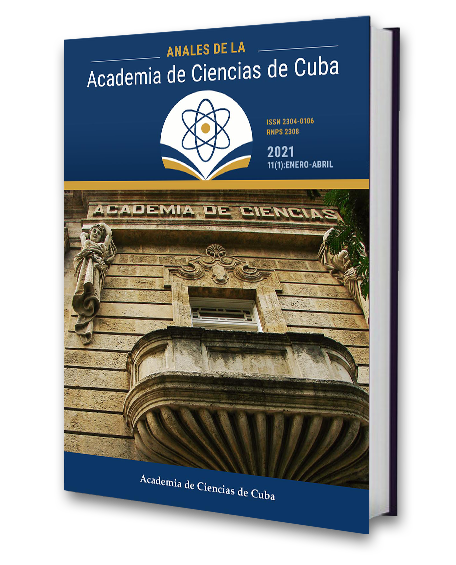Selection strategies for the genetic improvement of the Siboney de Cuba and Mambí de Cuba breeds
Keywords:
dairy cattle, genetic evaluation, selection index, principal component analysisAbstract
Introduction: The genetic evaluation of the Siboney de Cuba (5/8 Holstein 3/8 Zebu) and Mambí de Cuba (3/4 Holstein 1/4 Zebu) bovine breeds is performed considering milk production using a single-character animal model for each breed independently. Objective. It was proposed to characterize the Siboney de Cuba and Mambí de Cuba herds, evaluate selection alternatives combining various traits, and methodologies to carry out genetic evaluations with greater precision.
Methods: The multiracial evaluation was carried out using a single-character model and the existence of environment genotype interaction (IGA) in another. Heritability, repeatability and genetic values (GV) were estimated using a single-character model for milk production accumulated up to 305 days (L305), total milk accumulated for life (LTV), duration of lactation (DL), age at first calving (EP1), first service calving interval (IPS), gestation calving interval (IPG), calving interval (IPP), productive life (VP) and the number of births per life (NP). Genetic correlations were estimated using a multi-character model for these traits and selection indices were constructed from the GV in 6,425 Siboney cows from Cuba and 5,445 Mambí from Cuba, by means of the analysis of principal components.
Results: The heritability and accuracy of the VG were higher in the multiracial evaluation.
Conclusions: In the case of the Mambí de Cuba, it is more efficient to use an index that considers L305, DL and LTV as selection criteria; while in the Siboney de Cuba it must include LTV, EP1 and IPG.
Downloads
Downloads
Published
How to Cite
Issue
Section
License
The journal Anales de la Academia de Ciencias de Cuba protects copyright, and operates with a Creative Commons License 4.0 (Creative Commons Attribution-NonCommercial License 4.0). By publishing in it, authors allow themselves to copy, reproduce, distribute, publicly communicate their work and generate derivative works, as long as the original author is cited and acknowledged. They do not allow, however, the use of the original work for commercial or lucrative purposes.
The authors authorize the publication of their writings, retaining the authorship rights, and assigning and transferring to the magazine all the rights protected by the intellectual property laws that govern in Cuba, which imply editing to disseminate the work.
Authors may establish additional agreements for the non-exclusive distribution of the version of the work published in the journal (for example, placing it in an institutional repository or publishing it in a book), with recognition of having been first published in this journal.
To learn more, see https://creativecommons.org






